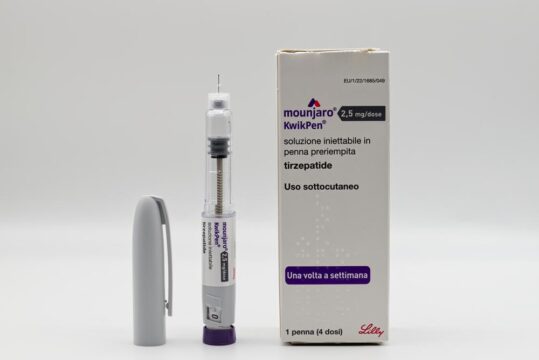Advertisment
The problems with polypharmacy

Interview and article by Christine Clark
Polypharmacy, or the concomitant use of multiple medicines, is estimated to cost $18 billion and account for 8.6 million hospital admissions annually in the European Union. The iSIMPATHY project is designed to tackle the problem. IMI interviewed Dr Clare Scullin and Dr Joanne Brown to find out more about the project.
Dr Scullin is a senior research an innovation programme manager in the Medicines Optimisation and Innovation Centre (MOIC) in Northern Ireland and is the local project manager for the iSIMPATHY project. This is a collaborative project involving pharmacists in Northern Ireland, The Republic of Ireland and the lead partner, Scotland.
The MOIC is the only dedicated medicines optimisation centre in Europe. It receives finding from the Department of Health in Northern Ireland. The Centre is uniquely positioned to work alongside both public and private health care sectors to deliver better patient outcomes in relation to medicines optimisation.
Dr Brown is one of the three clinical pharmacists working on the iSIMPATHY (Implementing Stimulating Innovation in the Management of Polypharmacy and Adherence THrough the Years) project. The project pharmacists will be responsible for conducting medication reviews and training other staff.
This study follows on from the successful SIMPATHY project – a Europe-wide initiative designed to stimulate and support innovation in the management of the growing problem of inappropriate polypharmacy. “We worked with a number of European countries where we tried to determine what level of polypharmacy guidance there is ….. What we ultimately discovered is that there actually wasn’t a lot”, says Dr Scullin.
‘Polypharmacy’ describes the concomitant use of multiple medicines. “It may not always be inappropriate”, says Dr Brown. Some patients with a number of comorbidities might have a large number of appropriate medicines. However, inappropriate polypharmacy can arise when medicines are no longer suitable, for example, because of deteriorating renal function or when patients have effectively collected prescriptions from multiple prescribers. Adherence can also be a problem. When only one medicine is taken, adherence is about 80%, but when more than four medicines are prescribed, adherence drops to 50%. “The more medicines you take, the more likely you are to have an admission to hospital. If you are on more than 10 medicines, you are 300% more likely to be admitted to hospital with an adverse drug reaction”, explains Dr Brown. Part of the purpose of the study is to decrease inappropriate polypharmacy and to increase adherence to prescribed medicines.
The iSIMPATHY project builds on the six recommendations of the SIMPATHY project which were:
• Use a systems approach that has multidisciplinary clinical and policy leadership
• Nurture a culture that encourages and prioritises the safety and quality of prescribing
• Ensure that patients are integral to the decisions made about their medicines and are empowered and supported to do so
• Use data to drive change and measure outcomes
• Adopt an evidence based approach with a bias towards action
• Utilise, develop and share tools to support implementation·
“Our iSIMPATHY programme will train pharmacists and other health care professionals to undertake structured medicine reviews in line with the guidance developed during the SIMPATHY programme”, says Dr Scullin.

Read more in the iSIMPATHY project here.
Read and watch the full series on our website or on YouTube.





